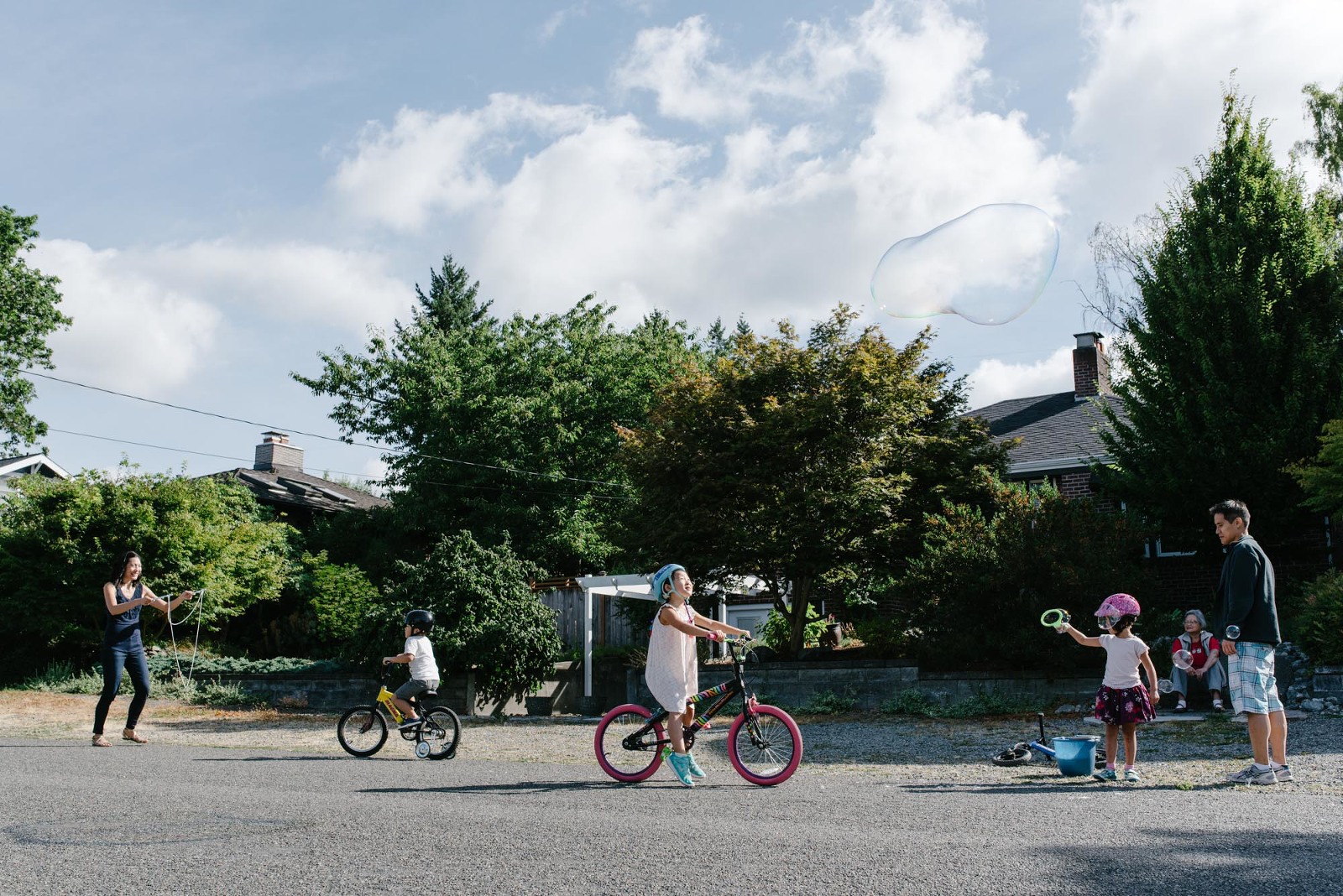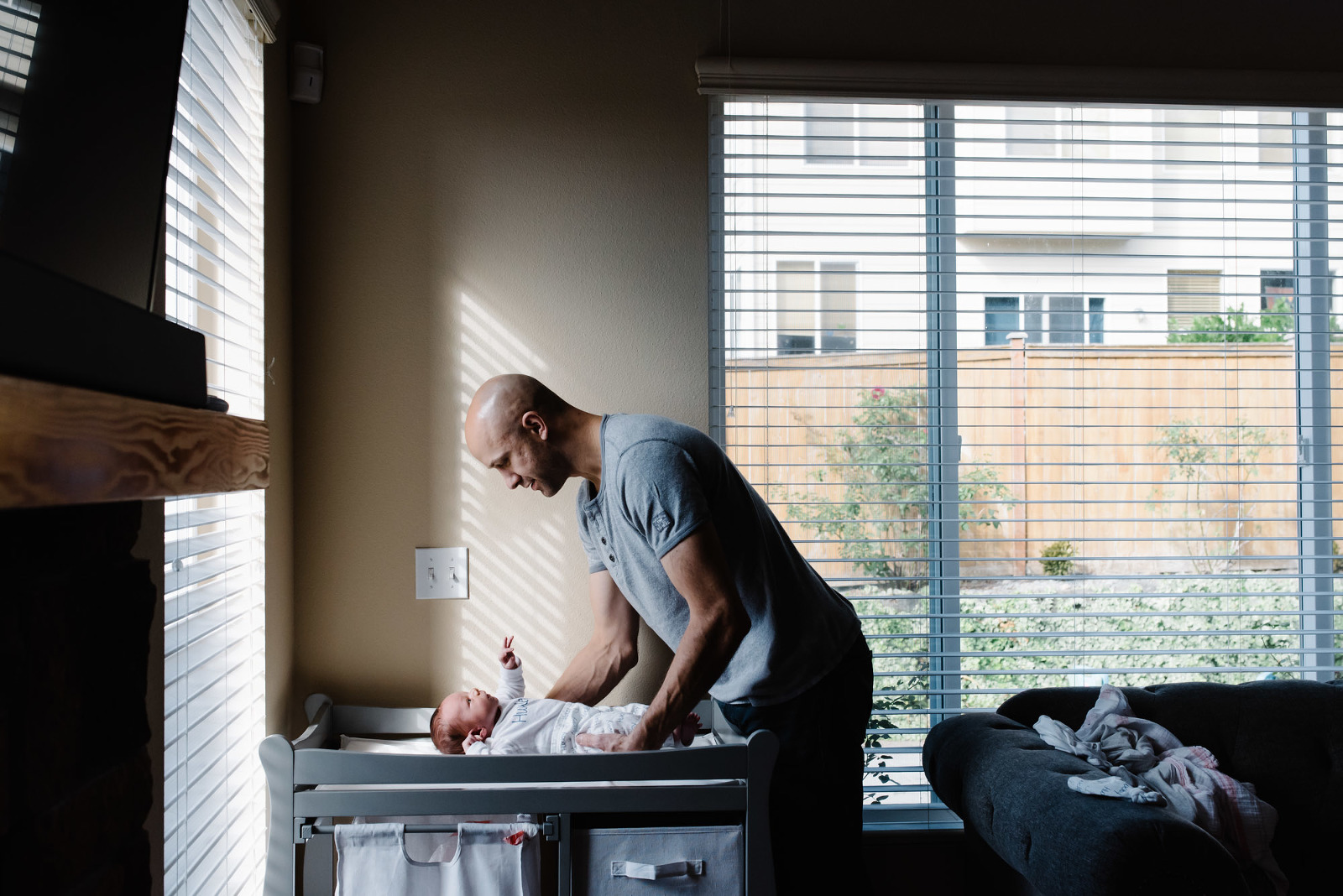If you have been following my tutorials you now have a basic understanding of ISO, Shutter Speed, and Aperture. You also have played around with Aperture priority and Shutter priority where you set two of those three previously mentioned elements and the the camera fills in the gap. Understanding this much and how these two semi automatic modes work is a great start. Those two modes can help you get great images where full auto falls short and will give you the freedom to get a little more creative with the images you want to capture.
But what if you want to have more control?
Here is where we take a big step and switch the shooting mode to manual, put it all together and fully utilize the Golden Triangle. So take a deep breath. Switch to manual mode.
You may have previously made note of a small meter in your viewfinder and/or your LCD. It has a little (+) at one end and a little (-) at the other. This tells you how much light your sensor is reading off a scene at the currents settings (ISO, Shutter Speed, and Aperture).
If you have little hash marks creeping up toward the (+) then you have too much light and need to either close your aperture or choose a faster shutter speed.

Meter toward overexposure
If you have hash marks creeping toward the (-) then there isn’t enough light and you need to either open your aperture or slow your shutter speed.

Meter toward underexposure
If you reach a dead end where you can’t adjust your aperture or shutter speed with out sacrificing clarity in the image then adjust your ISO.
For our purposes, when getting started on manual, what you need to know is getting that little meter to land at “0” is where you want to start. (If you are shooting in RAW and using software to do post processing there are some different schools of thought.)
There are a few things you might need to trouble shoot as you start shooting in manual.
Chances are your camera is set to evaluative or matrix metering. This is the default metering mode out of the box. This mode reads the light bouncing off the entire scene you see in the viewfinder. The camera averages the highs (lights) and lows (darks) of the scene and sets the exposure for roughly 18% gray. It’s not necessarily important for you to remember that number, but it is important for you to understand that the camera averages the tones but gives extra weight to highlights. This is also how your camera evaluates light and sets an exposure in “auto”. If you have ever tried to take a photo of someone in front of a large window you have likely noticed the “flaw” in this sort of evaluative metering. Chances are the scene through the window is perfectly exposed, while your subject is dark.
There are two easy work arounds that will not only help you get better snapshots but will also help you get to know your camera, light, and tonality. Using the example of the individual in front of a window; you could simply push you meter toward over exposure until the individual is nicely exposed in your LCD or you could fill your viewfinder and meter off something with a similar tonal range as your subject (the ground usually works really well for this). Either way you will achieve an exposure closer to what you want when your subject is backlit or when the environment is much brighter than your subject.
Have fun taking your new skills for a test drive! And as always if you have any questions feel free to leave a comment or shoot me an email!










